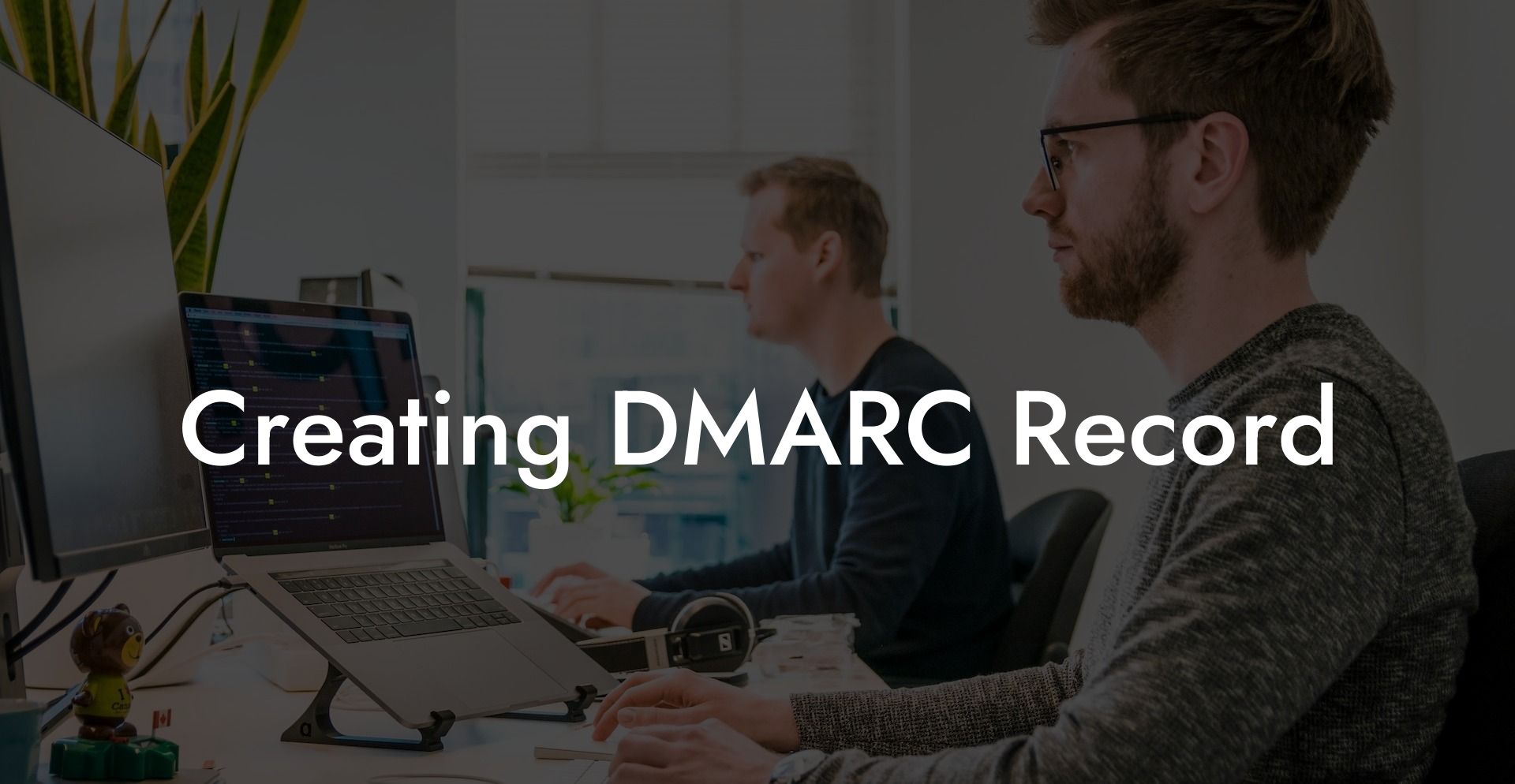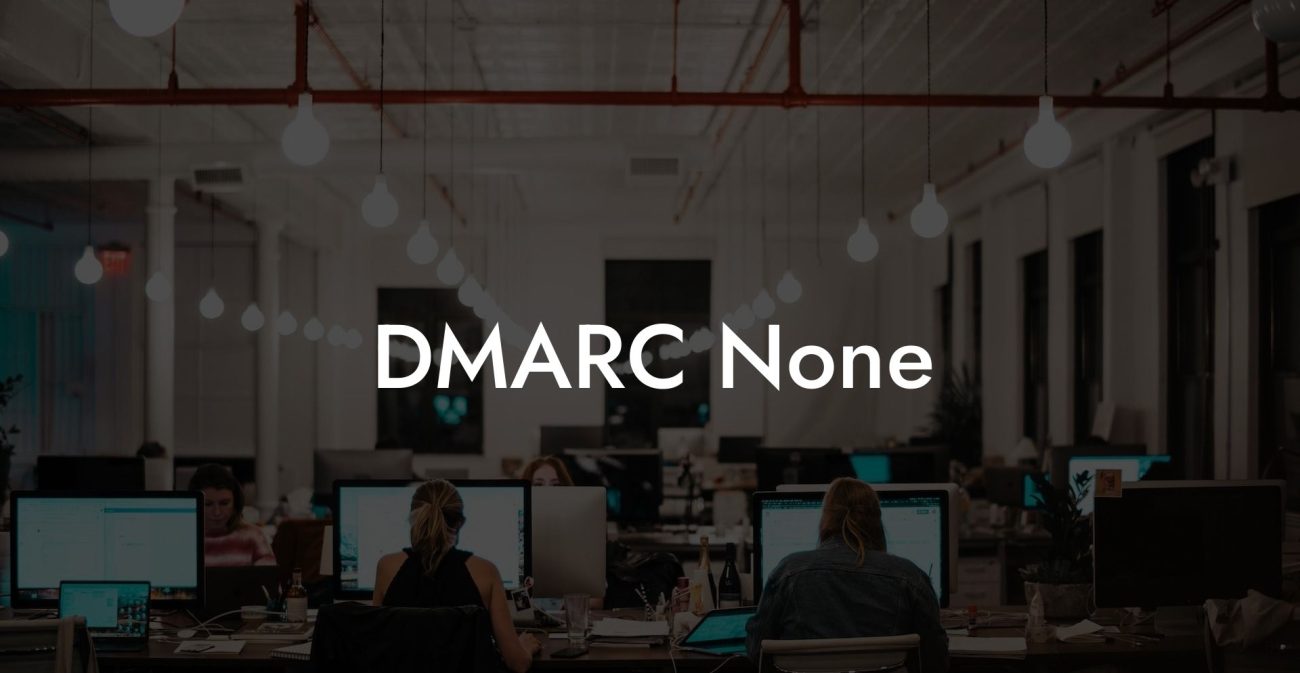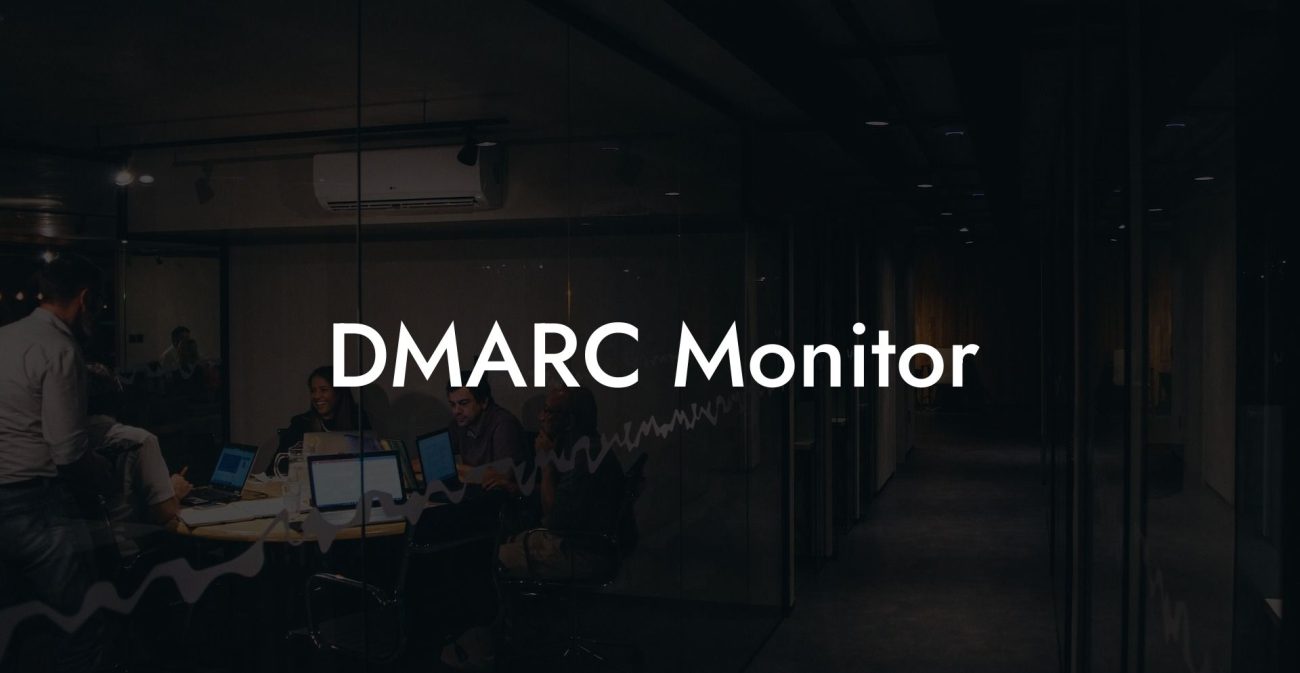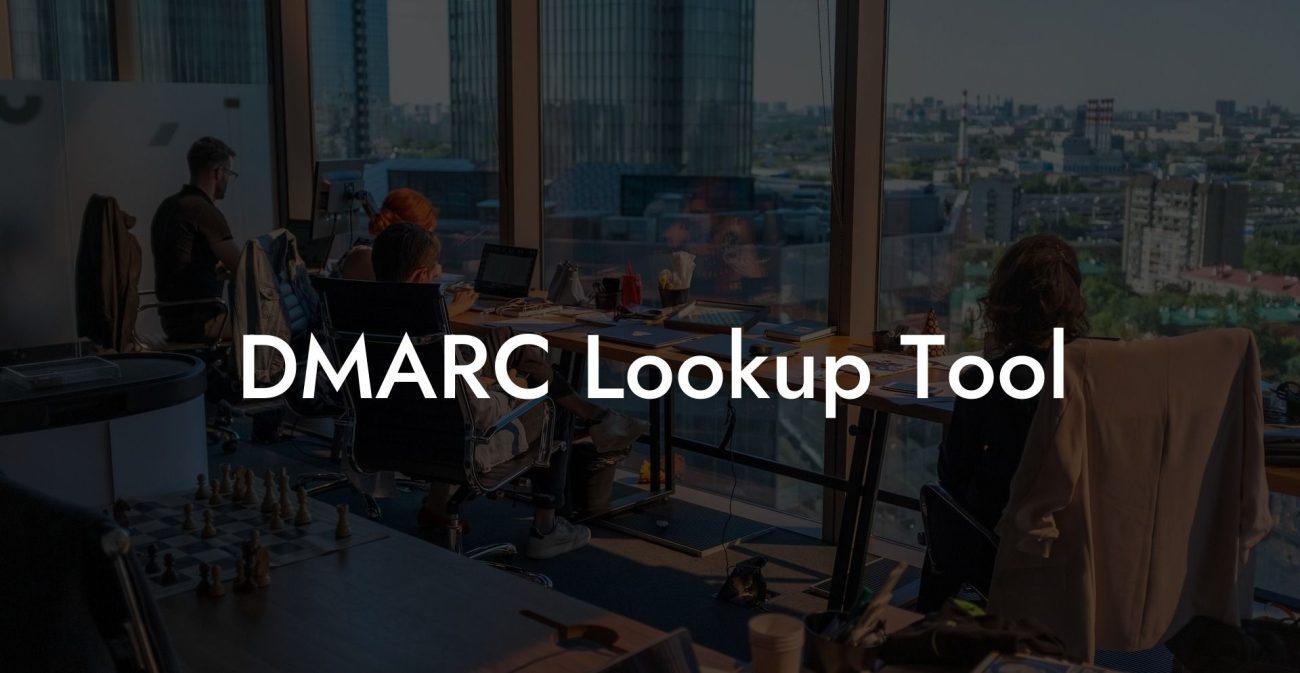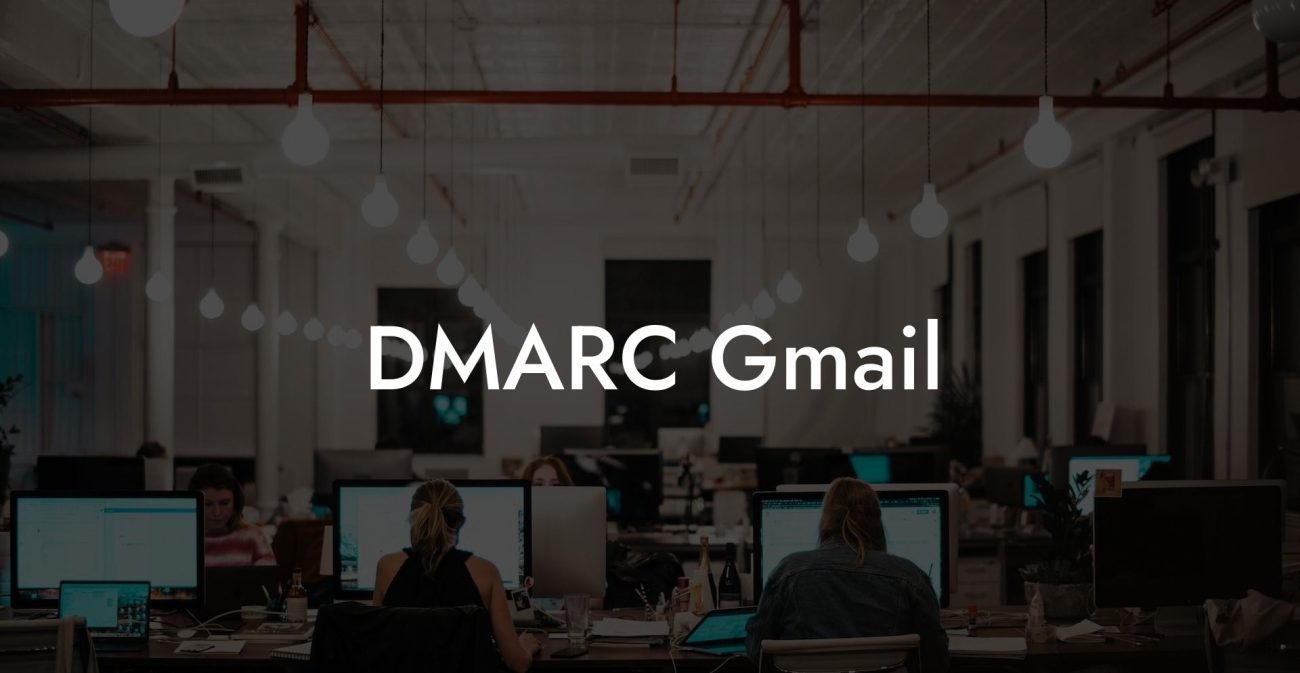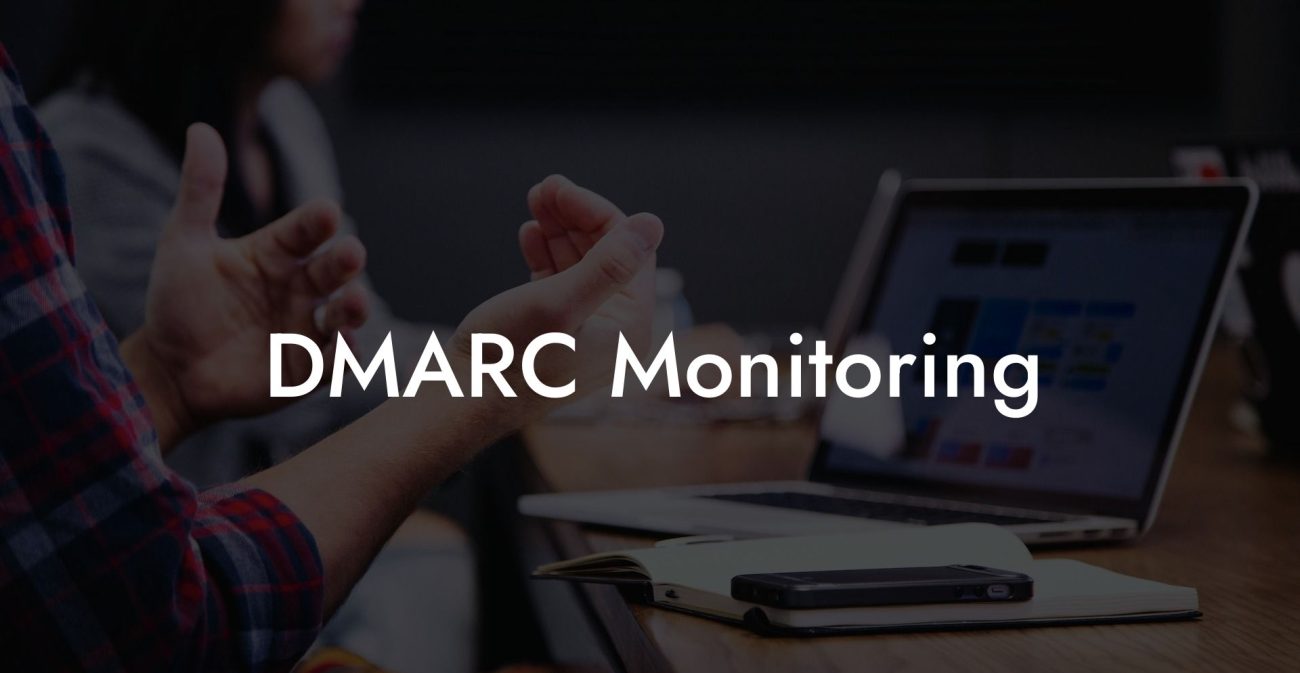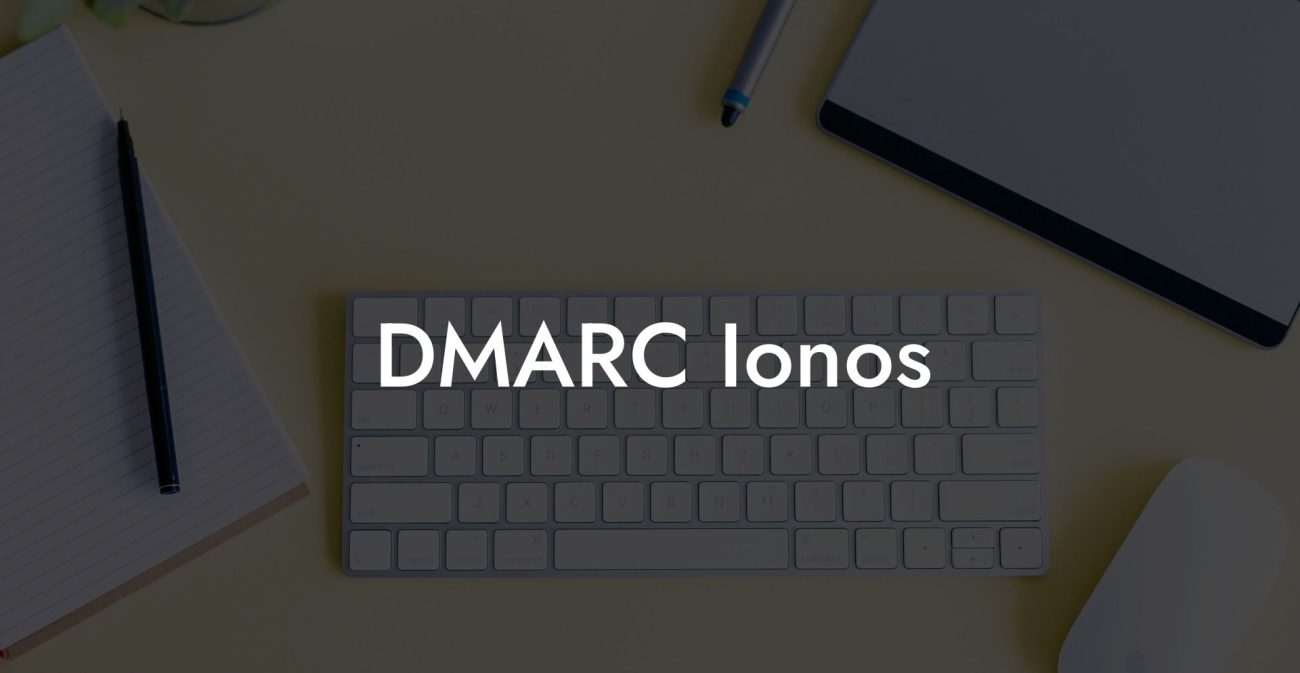Are you worried about attackers using domain spoofing to trick people into thinking their emails are from your organization? Fear not, because creating a DMARC (Domain-based Message Authentication, Reporting, and Conformance) record is here to help. In this article, we will walk you through the process of setting up a DMARC record for your domain, which will bolster your email security and protect your brand's reputation.
What is DMARC?
DMARC is an email authentication protocol designed to detect and prevent email spoofing, phishing, and spam. It works by allowing domain owners to create and publish policies for handling emails that fail authentication tests (SPF and DKIM). When implemented correctly, DMARC protects your brand, improves email deliverability, and helps ensure that your recipients only receive genuine emails from your organization.
How Does DMARC Work?
Protect Your Data Today With a Secure Password Manager. Our Top Password Managers:
DMARC builds upon two existing standards: SPF (Sender Policy Framework) and DKIM (DomainKeys Identified Mail). These standards authenticate the sender's domain and ensure that the email has not been tampered with during transit.
When an email arrives, the receiving server checks the content for SPF and DKIM records. If the email fails these authentication tests, the server then consults the sender domain's DMARC policy. Depending on the policy, the server may take no action, quarantine the message (place it in a spam folder), or outright reject it.
Creating a DMARC Record
To create a DMARC record, follow these steps:
- Make sure your domain has SPF and DKIM records: Since DMARC relies on these standards, you must have them in place before implementing DMARC.
- Create a DMARC policy: Decide the course of action you want to apply to emails that fail authentication tests. This comes in three variations:
- None: Monitor only, take no action (recommended during initial setup).
- Quarantine: Place failed emails in the recipient's spam folder.
- Reject: Prevent failed emails from being delivered.
- Generate a DMARC record: You can use free online DMARC record generators to create a record. Just input your desired policy and other settings.
- Add your DMARC record to your domain's DNS settings: You should be able to accomplish this with your DNS provider or domain registrar. The DMARC record will be in the format of a TXT record.
Monitoring DMARC Reports
Part of the DMARC protocol involves generating reports about your domain's email activity. These reports provide valuable insight into who is sending emails on your behalf and whether they are authenticating correctly. You can designate an email address to receive these reports in your DMARC policy, and you can utilize DMARC report analyzers to decipher their content.
Creating DMARC Record Example:
Imagine you own the domain "example.com" and want to generate a DMARC record with a "none" policy. Using a DMARC record generator, you would specify:
- Policy: none
- Subdomain policy (applies to subdomains of your domain): none
- Email address for reports: dmarc@example.com
The generator outputs the following DMARC record:
v=DMARC1; p=none; sp=none; rua=mailto:dmarc@example.com;
Add this record as a TXT entry in your domain's DNS settings, with the name "_dmarc.example.com". As you monitor your DMARC reports and fine-tune your SPF and DKIM settings, you can later adjust the DMARC policy to "quarantine" or "reject" for stronger security measures.
Enhancing your email security with DMARC should be a priority if you want to protect your brand and safeguard your recipients from phishing and spam. Creating a DMARC record is an important step in the fight against email spoofing, and this guide should help you set up your own without trouble. If you found this article useful, please share it with others in your network and explore the other guides on Voice Phishing for more information on cybersecurity best practices.
Protect Your Data Today With a Secure Password Manager. Our Top Password Managers:

